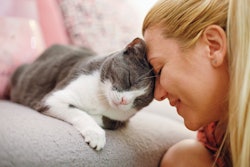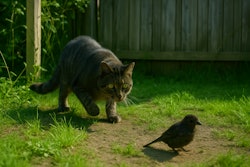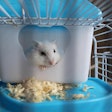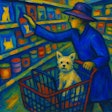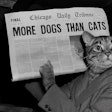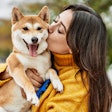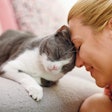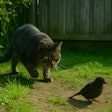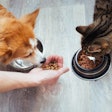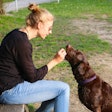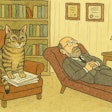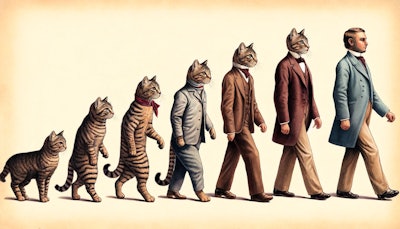
The humanization of companion animals is the main engine of transformation for the pet industry. As pet owners increasingly see their pets as part of the family and, therefore, deserving of quality care and nutrition, the market responds with continuous growth, with estimates to reach the mark of US$226,53 billion by 2034.
According to an October 2025 report from Mordor Intelligence on the global pet market, humanization alone accounts for a 1.2% annual growth rate (CAGR), consolidating itself as the most relevant trend for the sector's growth. For comparison, in second place, the report points to the expansion of e-commerce in emerging countries, with an impact of 0.9%.
Considering that more than 70% of the global pet market is composed of food, understanding what new “multi-species” family units are looking for is essential. “Tutors are increasingly attentive to what they offer their pets. If before they sought food that merely satisfied hunger and nourished the pet, today they look for foods that express the same care and attention they dedicate to their own health, prioritizing natural ingredients, high nutritional quality, and extra benefits to promote well-being,” highlights Amanda Arsoli, a veterinarian at Adimax, a manufacturer of food for dogs and cats.
The concern with pet nutrition is so great that many pet owners choose to save on their own purchases rather than reduce the quality standard of what goes into their furry companions' bowls.
Humanization: what pet owners seek in pet food
According to Adimax, among the main demands of pet owners who seek a more humanized approach to their pets' food are:
- Human-grade ingredients: They prefer foods made with natural, functional ingredients and a standard similar to that of products for human consumption;
- Health and well-being: They value healthy options that promote longevity, vitality, and prevent health problems;
- Personalization: They look for foods adapted to the animals' age, breed, size, and specific health conditions.
This movement has transformed the industry. Lines of food and snacks with natural appeal, free of artificial preservatives, colorings, and transgenic ingredients, are increasingly gaining space on shelves and in the hearts of pet owners.
Affection at risk: the challenges of humanization
Although pet owners have the best intentions, Arsoli warns about an important point that can cause harm to pets' health. The humanization of companion animals without recognizing that they’re a different species with physical, biological, and behavioral needs different than humans can lead to significant nutritional errors.
Unnecessary supplementation; nutritional deficiencies caused by unbalanced homemade diets; excessive offering of snacks; inadequate feeding management, such as leaving food available at will; veganism; offering raw food; overfeeding, overweight, and obesity are some of the challenges caused by humanization pointed out by the specialist. “Therefore, it is important to work on educating pet owners to provide quality, complete, and balanced food, in the quantity recommended on the packaging or guided by a trusted veterinarian.”
Obesity is, in fact, becoming increasingly common among dogs and cats. Despite a genetic predisposition in some breeds, in addition to endocrinological factors (such as hypothyroidism), the disease's main cause is the imbalance caused by the excessive calories offered. The extra pounds can severely compromise the pets' health and potentially reduce their life expectancy.
In the case of overweight or obese pets, Arsoli explains that simply reducing the daily food intake is not the right solution, as it would also reduce essential nutrients, compromising the dog or cat's health. “The ideal is to adjust the diet with foods specifically formulated for weight control, which have reduced energy density but maintain the balance of all necessary nutrients.”
Furthermore, the veterinarian also emphasizes that the nutritional treatment of obesity in pets must be continuous. “After weight loss, it is recommended to switch to a maintenance diet with lower caloric density, associated with healthy habits, such as regular walks, stimulating play, and controlling snacks, which qualified professionals should guide.”
For the industry, in addition to understanding the market trend, it is important to invest in consumer education and responsibility. In this context, manufacturers play a central role in developing and promoting foods that meet the needs of multi-species families while prioritizing pet health and proper nutrition.


